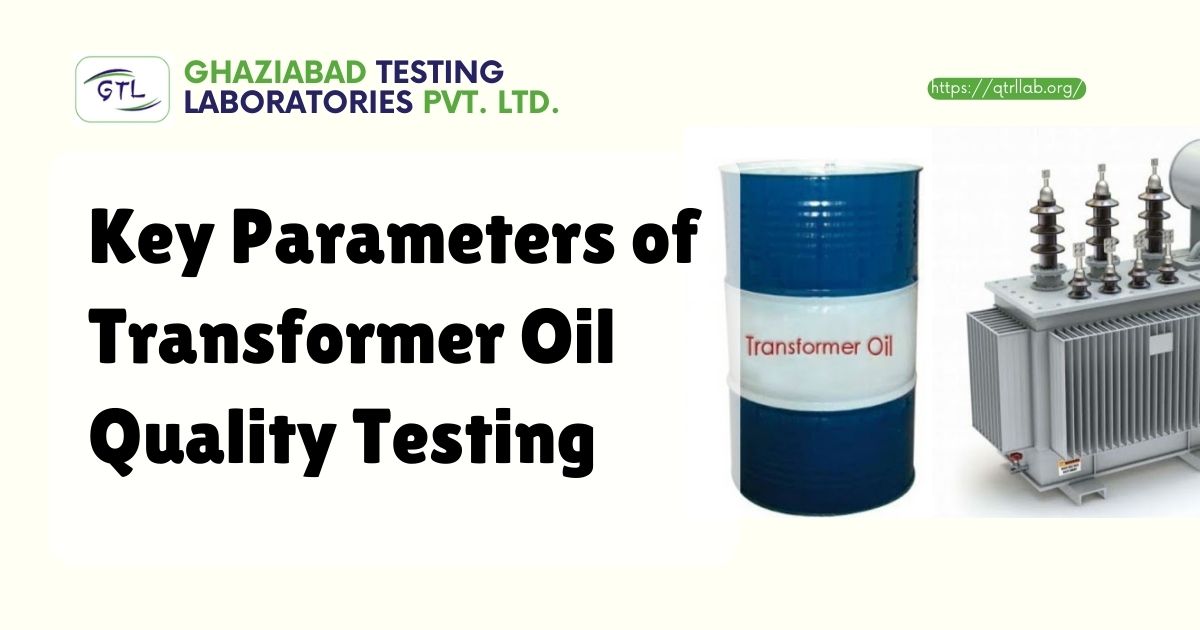Transformer oil, the lifeblood of power transformers, plays a vital role in insulating and cooling these critical electrical components. Maintaining its quality is essential for ensuring efficient operation, extending the transformer lifespan, and preventing costly breakdowns. Here, we delve into the key parameters measured during transformer oil quality testing:
1. Physical Parameters:
- Color and Appearance: New oil is typically clear and light yellow. Discoloration to brown or black could indicate contamination or degradation.
- Density: Density variations from the norm may suggest contamination or moisture ingress.
- Interfacial Tension (IFT): This measures the oil’s affinity for water. A low IFT indicates possible water contamination or degradation of products, potentially leading to sludge formation.
- Viscosity: Viscosity affects heat dissipation within the transformer. Significant changes in viscosity may affect cooling efficiency.
- Flash Point: This is the minimum temperature at which the oil vapors ignite. A low flash point indicates potential fire hazards.
- Pour Point: This is the temperature at which the oil becomes too thick to flow freely. A high pour point can cause problems in cold climates.
2. Chemical Parameters:
- Water Content: Water contamination can lead to electrical breakdown, corrosion, and sludge formation. Strict control of water content is crucial.
- Acidity: An increase in acidity indicates oil degradation and potential for further deterioration.
- Neutralization Value: This measures the oil’s overall acidity and provides a broader picture of degradation.
- Corrosive Sulfur: The presence of corrosive sulfur can damage metal components within the transformer.
3. Electrical Parameters:
- Dielectric Breakdown Voltage: This test measures the oil’s insulating strength. A low breakdown voltage indicates potential leakage current and risk of electrical faults.
- Specific Resistivity: This measures the oil’s resistance to electrical current flow. A high resistivity is desirable for better insulation.
- Dielectric Dissipation Factor (Tan δ): This value reflects the oil’s ability to dissipate electrical energy as heat. An increase in Tan δ may indicate contamination or degradation.
Dissolved Gas Analysis (DGA):
This advanced test analyzes dissolved gases within the oil that are generated during electrical faults or incipient problems within the transformer. By analyzing the type and concentration of these gases, technicians can identify potential issues like overheating, arcing, or incipient cellulose breakdown.
Benefits of Regular Transformer Oil Quality Testing:
Regular testing of these key parameters helps detect potential issues early on, allowing for timely intervention before they escalate into major problems. This translates to:
- Reduced Risk of Transformer Failure: Early detection and mitigation of problems minimize the risk of catastrophic transformer failures.
- Extended Transformer Life: Proper maintenance through oil quality testing extends the lifespan of transformers, delaying costly replacements.
- Improved Operational Efficiency: Maintaining optimal oil quality ensures efficient heat dissipation and overall transformer performance.
- Enhanced Safety: Regular testing mitigates fire hazards and electrical risks associated with degraded oil.
By understanding the key parameters of transformer oil quality testing and implementing a regular testing program, utility companies, and industrial facilities can ensure the reliable and safe operation of their transformers, ultimately saving costs and maximizing equipment life.















